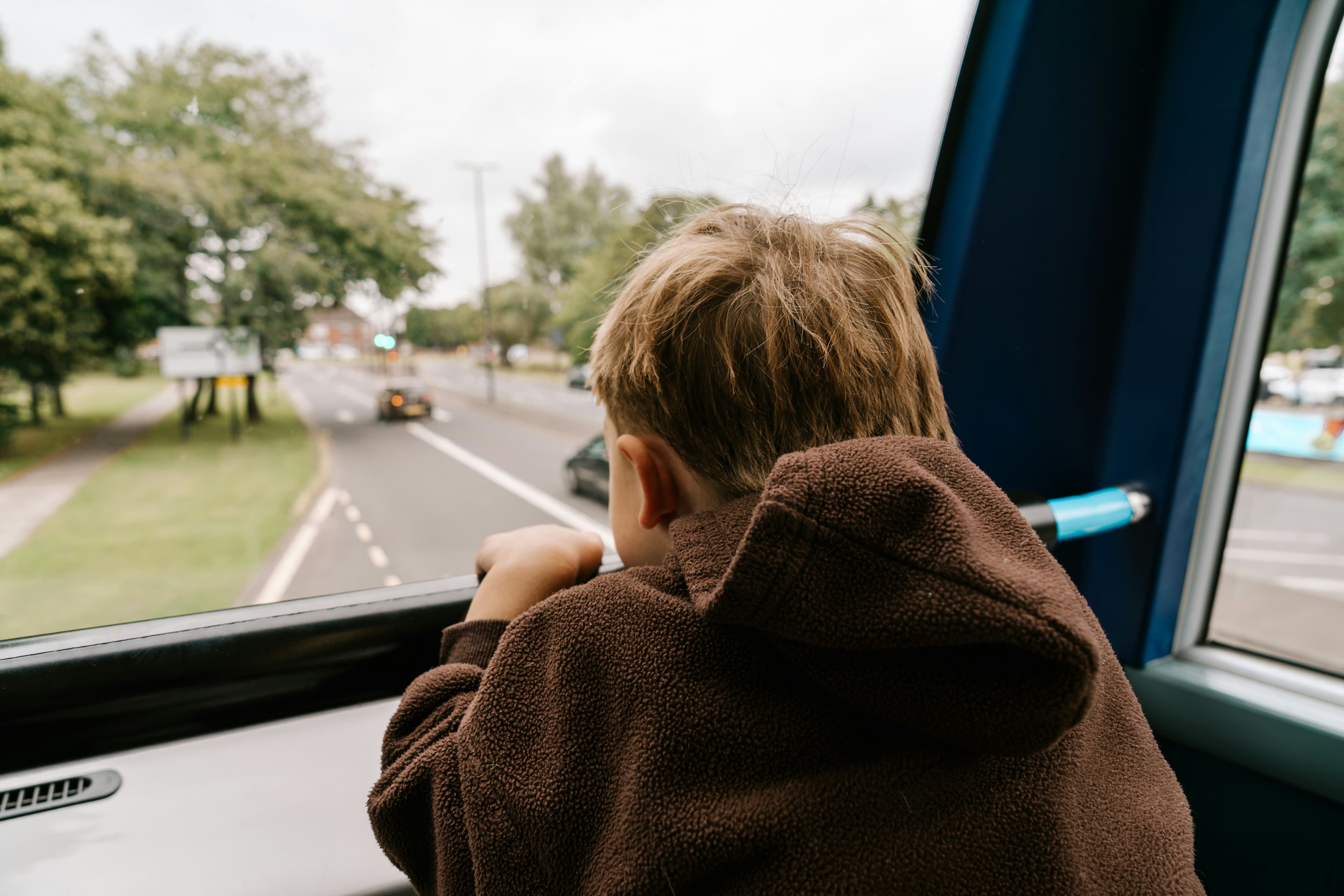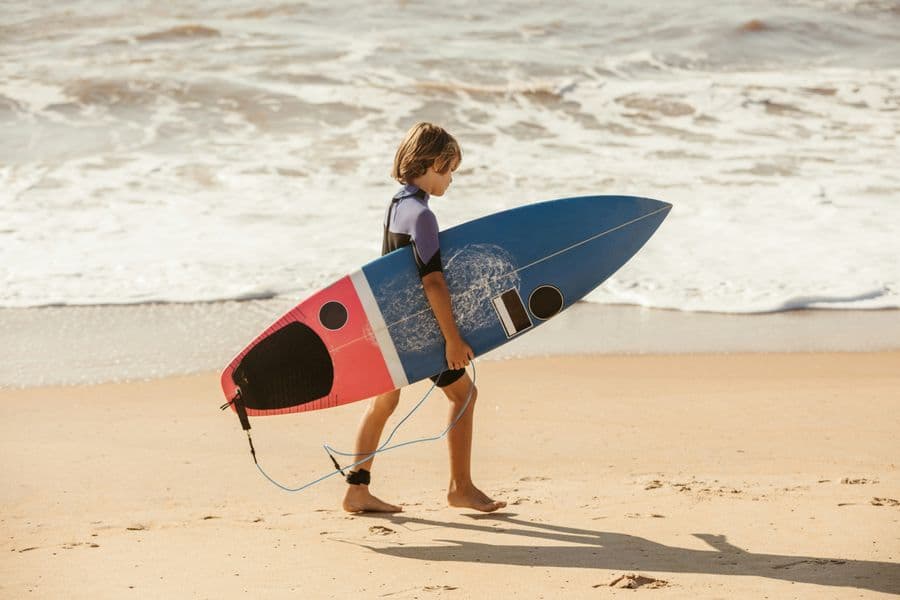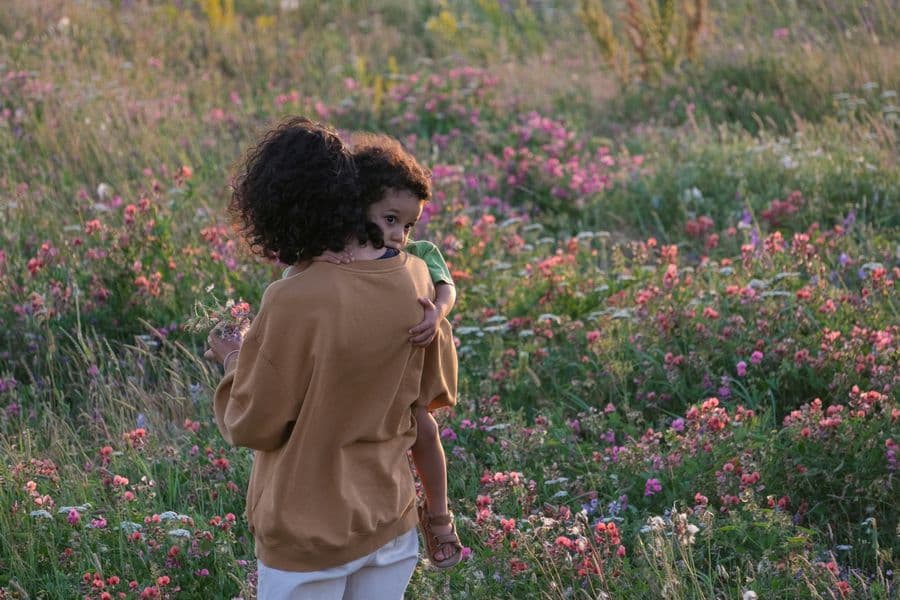
Behavioural Therapy for Kids: How It Really Works?
It’s 7:30 AM, and the morning battle begins again as your eight-year-old is flat on the floor, wailing because their toast was cut into squares, not triangles. Or the daycare just called, saying that your toddler bit another kid again.
It’s 7:30 AM, and the morning battle begins again as your eight-year-old is flat on the floor, wailing because their toast was cut into squares, not triangles.
Or the daycare just called, saying that your toddler bit another kid again. Or your teenager locked themselves in their room after you just asked, "Did you finish your homework?" NO dear, this isn’t just "kids being kids", this is survival mode, and you need to know more about behavioural therapy for kids. Children's behavioural therapy isn’t about "fixing" your child, but it’s about giving them—and you—real tools. Instead of bribes, threats, or pleading, you’ll learn why the meltdowns happen and how to stop them before they start. We’re talking fewer power struggles and more "I love yous." We’re working for a home where tantrums don’t dictate the day. And that’s what happens when kids master skills like emotional regulation and problem-solving.
What is Behavioural Therapy for Kids?
When teaching your child to ride a bike, first, you explain balance, right? Then you hold the seat while they practice. Eventually, they pedal independently. Behavioural therapy for kids works similarly, except children learn emotional balance instead of physical coordination.
This method, in contrast to conventional therapy, concentrates on current behaviours. Anxiety, anger, rebellion, and social anxiety are just a few of the problems that child behavioural therapy techniques address. Each approach is based on steps that have been successfully employed by thousands of kids and are supported by research. When anxious children learn to challenge scary thoughts, their worried feelings decrease. Consequently, their avoidance behaviours diminish too. For instance, consider three companions who are always influencing one another: thoughts, feelings, and behaviours. The others follow suit when one friend changes.
The Building Blocks
Most therapy techniques share these elements:
Specific targets: Sessions focus on particular behaviours rather than general problems
Active learning: Children practice skills during sessions, not just discuss them
Measurable progress: Parents and therapists track improvements using concrete indicators
Skill transfer: Children apply new abilities in real-world situations
Defined timelines: Programs have clear beginning, middle, and end points
What Does Behavioural Therapy Do for Kids?
Behaviour therapy for kids operates on the same principle as learning how to ride a bike, teaching concrete skills rather than offering vague advice. Mental health therapists start by observing patterns. What happens right before the child explodes? What occurs afterward? This reveals surprising connections. Perhaps the child's bedtime battles stem from overstimulation earlier in the day, not defiance.
For example, A Child whose outbursts whenever their parents mention homework. Traditional approaches might focus on the screaming itself. However, behavioural therapy for kids revealed their real fear: making mistakes in front of others. Once therapists addressed this underlying anxiety, homework became manageable.
Children's Behavioural Therapy: Real Changes Families Notice
Cognitive behavioural therapy for kids creates improvements that parents can actually see like children learning to recognise anger's early warning signs then use specific calming strategies before explosions occur. Better communication skills help children express needs clearly while understanding others' perspectives. As children master challenging situations, they develop genuine self-assurance that carries into new experiences. Many behavioural strategies directly support learning, attention, and classroom behaviour without additional academic pressure.
Child's Mental Health: Different Therapy Approaches
Different challenges require different solutions; children's behavioural therapy offers specialized approaches for specific needs:
Cognitive Behavioral Therapy (CBT) is often used for anxiety, depression, and ADHD, helping children change unhelpful thought patterns while practicing new, healthier responses.
Applied Behavior Analysis (ABA), frequently used with children on the autism spectrum, relies on positive reinforcement and structured skill-building to encourage growth.
For children struggling with intense emotions, outbursts, or self-harm, Dialectical Behavior Therapy (DBT) introduces mindfulness training and distress tolerance techniques.
Exposure and Response Prevention (ERP) is particularly effective for OCD and phobias, using gradual exposure to triggers while reducing compulsive behaviors.
Finally, Family-Based Treatment is most often used for eating disorders or family conflicts, engaging the entire household to improve communication and support lasting change.
Can I Apply Behavioural Therapy at Home?
Absolutely! Complex issues require professional guidance, but parents can support their childs mental health using proven strategies. Several structured programs teach parents effective child behavioural therapy techniques:
Parent-Child Interaction Therapy (PCIT) transforms parent-child relationships through specific communication patterns. Parents learn to give positive attention and also set consistent boundaries calmly.
The Incredible Years offers age-specific training for parents with children from infancy through age 12. Small groups create supportive environments where parents learn from each other's experiences.
Parent Management Training (PMT) provides intensive skill development for families facing urgent behavioural crises.
How Do I Know if My Child Needs Behavioural Therapy?
Understanding childhood behaviour can feel overwhelming. What's just a phase, and what signals a deeper issue? Mood swings can be normal, but certain persistent patterns may suggest that the child could benefit from behavioural therapy.
Key Signs a Child Might Need Support:
Emotional struggles that seem extreme for their age (Panic over small mistakes or hours-long meltdowns).
Aggression that goes beyond occasional hitting (Biting, destroying toys, or hurting pets regularly).
Defiance that derails daily life (Refusing basic requests every time, not just when tired or hungry).
School red flags (plummeting grades, teachers reporting "daydreaming" or outbursts, or refusing to attend).
Social red flags (zero close friends by elementary age, or peers avoiding them due to behaviour).
Bodily changes (nightmares disrupting sleep for weeks, or sudden weight loss/gain without medical cause).
Hopelessness and phrases like “I wish I wasn’t here," even if said casually.
Behaviour Therapy for Kids - Worksheet
Emotional Regulation Assessment
Rate each statement from 1 (never) to 5 (always).
The child has difficulty calming down when upset
The child’s emotions seem more intense than other children their age
The child struggles to transition between activities
The child has frequent meltdowns or tantrums
The child seems anxious about new situations
Total Score: ___ /25
Behavioural Concerns Assessment
Rate each statement from 1 (never) to 5 (always).
The child defies rules or authority consistently
The child shows aggressive behaviours toward others
The child has difficulty following instructions
The child engages in repetitive or compulsive behaviours
The child’s behaviours interfere with family functioning
Total Score: ___ /25
Social Skills Assessment
Rate each statement from 1 (never) to 5 (always).
The child struggles to make or keep friends
The child has difficulty reading social cues
The child avoids group activities or social situations
The child has trouble sharing or taking turns
The child seems isolated or withdrawn
Total Score: ___ /25
Scoring Guide
30–50: Consider professional consultation
51–75: Professional evaluation strongly recommended
Over 75: Immediate professional support needed
Is Behavioral Therapy for Kids Helpful with Tantrums?
Parents' top worries for behavioural therapy for kids are tantrums. As we previously discussed, while occasional emotional outbursts are completely normal, frequent or severe tantrums may indicate underlying problems that require expert assistance.
Understanding the Triggers: Child behavioural therapy techniques help identify patterns leading to explosive behaviours.
Therapeutic Solutions: Behavioural therapy for kids addresses tantrums through multiple proven approaches.
Practical Daily Strategies: Parents can support children's behavioural therapy goals through consistent approaches.
Key Takeaways
Behavioural therapy for kids works because it teaches children skills they'll actually use as adults, and the coping strategies kids learn don't just disappear after therapy ends. Instead, what they learn becomes second nature when stress hits.
Also, getting the whole family involved makes a huge difference. When parents understand child behavioural therapy techniques and use them at home, kids practice more, and the extra practice speeds things up and helps the good changes stick around.
Starting behavioural therapy for kids early protects a child's mental health down the road.
Kids change as they grow, so therapy techniques have to change too.
The journey through behavioural therapy for kids takes time, effort, and faith. Sure, things might feel impossible at first. But thousands of families have seen therapy techniques work.
Behavioural therapy for kids gives real hope to families dealing with behavioural and emotional struggles.









